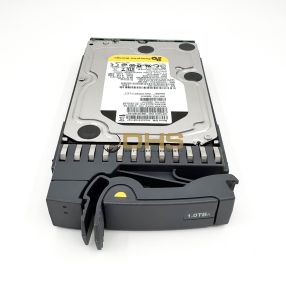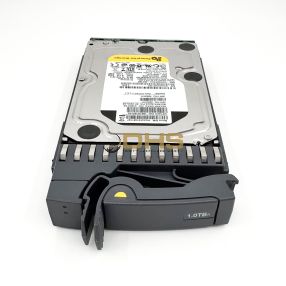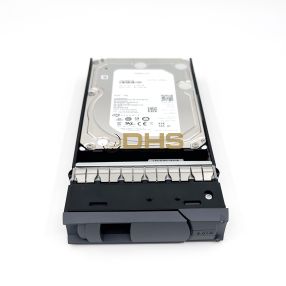-
-
-
-
- SSD
- HDD
- MEMORY
- SWITCH
- WIRELESS
- RACK SERVER
- BACKPLANE
- BATTERY
- BEZELS
- BLADE SERVER
- BLANK
- CABLE
- CADDY
- CONTROLLER
- CPU
- DVD/CD
- EXPANSION
- FAN
- FIREWALL
- GPU
- HBA
- HEAT SINK
- KVM SWITCH
- LIBRARY
- LICENSE
- NETWORK ADAPTER
- NETWORK MODULE
- PDU
- PSU
- RACK MOUNT KIT
- RAID CONTROLLER
- RISER CARD
- ROUTER
- SAN SWITCH
- SCREEN
- SOFTWARE
- SYSTEM
- SYSTEM BOARD
- TAPE
- TOWER SERVER
- TRANSCEIVER
- SERVICE
- PCI CARD
-
-
-
- HDD
- SSD
- MEMORY
- NETWORK ADAPTER
- PSU
- BACKPLANE
- BATTERY
- BEZELS
- BLADE SERVER
- BLANK
- CABLE
- CADDY
- CONTROLLER
- CPU
- DVD/CD
- EXPANSION
- FAN
- GPU
- HBA
- HEAT SINK
- KVM SWITCH
- LIBRARY
- LICENSE
- MOUSE
- NETWORK MODULE
- PDU
- RACK CABINET
- RACK MOUNT KIT
- RACK SERVER
- RAID CONTROLLER
- RISER CARD
- SERVICE
- SOFTWARE
- STACK MODULE
- SWITCH
- SYSTEM
- SYSTEM BOARD
- TAPE
- TOWER SERVER
- TRANSCEIVER
-
-
-
- HDD
- SSD
- MEMORY
- NETWORK ADAPTER
- PSU
- BACKPLANE
- BATTERY
- BEZELS
- BLADE SERVER
- BLANK
- CABLE
- CADDY
- CONTROLLER
- CPU
- DVD/CD
- EXPANSION
- FAN
- GPU
- HBA
- HEAT SINK
- KVM SWITCH
- LIBRARY
- LICENSE
- NETWORK MODULE
- PDU
- RACK CABINET
- RACK MOUNT KIT
- RACK SERVER
- RAID CONTROLLER
- RISER CARD
- SAN SWITCH
- SCREEN
- SOFTWARE
- SWITCH
- SYSTEM
- SYSTEM BOARD
- TAPE
- TRANSCEIVER
- SERVICE
-
-
-
-
-
-
-
-
-
-
-
-
-
-
-
-
Checkout using your account
This form is protected by reCAPTCHA - the Google Privacy Policy and Terms of Service apply.
Checkout as a new customer
Creating an account has many benefits:
- See order and shipping status
- Track order history
- Check out faster
NetApp HDD



Can’t find what you are looking for?
Enterprise-Grade Storage for Capacity and Reliability
Hard disk drives (HDDs) remain a cornerstone of enterprise storage infrastructure, offering scalable, dependable, and cost-effective capacity for a wide range of data workloads. In NetApp environments, HDDs are used across various system configurations to store active data, support backups, and handle high-volume archival tasks. When properly deployed, NetApp-compatible HDDs deliver the performance and endurance required by demanding storage operations.
While flash technologies continue to grow in popularity, traditional spinning disks still provide unmatched value when it comes to cost-per-gigabyte and bulk storage. Whether you're expanding an existing deployment or maintaining a long-standing configuration, the right HDDs can ensure consistency, compatibility, and data integrity.
Capacity Planning and Drive Types
NetApp systems support multiple drive types and capacities to align with specific operational needs. The two most common technologies include:
- SAS (Serial Attached SCSI) HDDs – Ideal for applications that require both speed and reliability, SAS drives offer faster access times, better error correction, and dual-port connectivity for redundancy.
- SATA (Serial ATA) HDDs – These drives are typically used for capacity-oriented workloads such as data archiving or secondary backups, offering a more affordable solution for less I/O-intensive applications.
Capacity options vary widely – from smaller drives used in tiered configurations to high-capacity models suited for long-term storage. Selecting the appropriate drive depends on your organization’s storage profile, workload type, and performance goals.
Performance and Operational Considerations
Beyond capacity, several other factors affect HDD performance and suitability:
- Rotational speed (RPM) – Higher RPMs yield faster data access, with 10K and 15K options suitable for primary workloads, while 7.2K drives balance performance with efficiency.
- Cache memory – Drives with larger onboard cache help optimize read and write performance, especially in workloads with repetitive data access.
- Form factor – 2.5" and 3.5" options provide flexibility based on system requirements and space availability.
NetApp storage environments are often tiered, using HDDs for large-scale capacity and NetApp SSD drives for high-speed operations. This blend of technologies enables efficient resource utilization and cost-effective performance scaling.
Ensuring Compatibility and System Integrity
Proper drive selection must take into account system compatibility and configuration constraints. NetApp platforms require specific drive models that have been validated to work with their storage systems. Using incompatible drives can lead to system errors, reduced performance, or failed upgrades.
HDDs are also deeply integrated into the storage environment through systems like NetApp Controller modules, which manage data access, caching, and redundancy. Matching the right drive technology with controller capabilities ensures stable performance and long-term reliability.
Lifecycle Management and Refurbished Options
Like all hardware components, hard drives experience wear over time. Monitoring for reallocated sectors, read/write latency, and firmware alerts can help detect early signs of drive degradation. Regular maintenance and timely replacement reduce the risk of data loss and maintain system health.
Organizations looking to manage costs while extending existing infrastructure often choose professionally refurbished NetApp HDDs. These drives are tested, certified, and qualified to meet original equipment specifications – offering reliable performance at a reduced price point.
To explore our full range of drive options, power supplies, and expansion solutions, visit the NetApp category. With the right drive strategy, you can ensure your infrastructure remains scalable, efficient, and aligned with your evolving data demands.
- Price:
- Actual Price:



